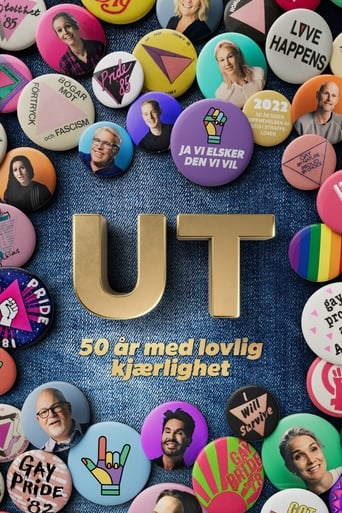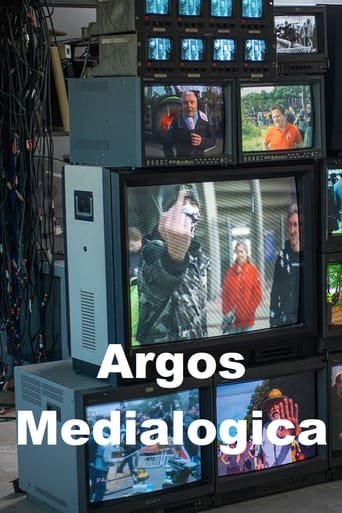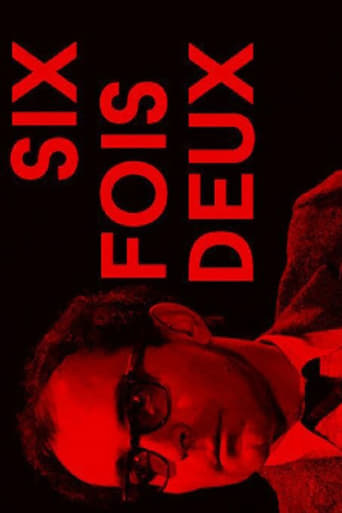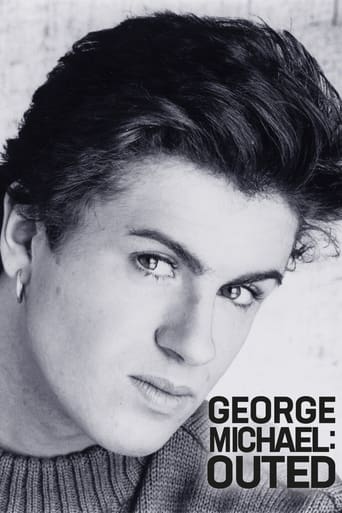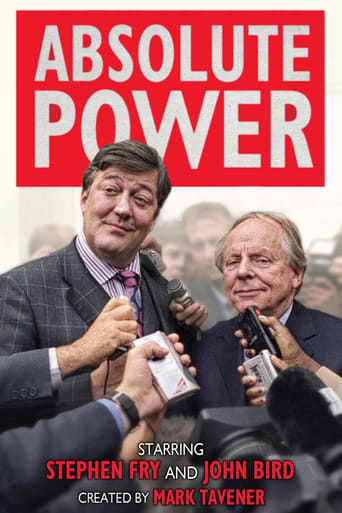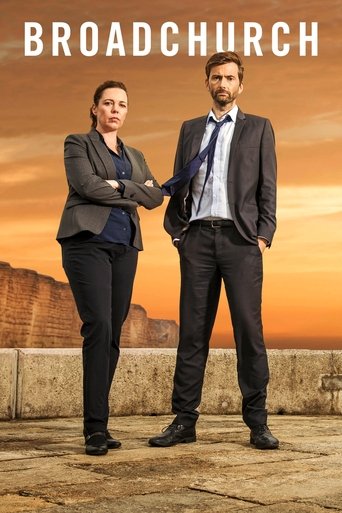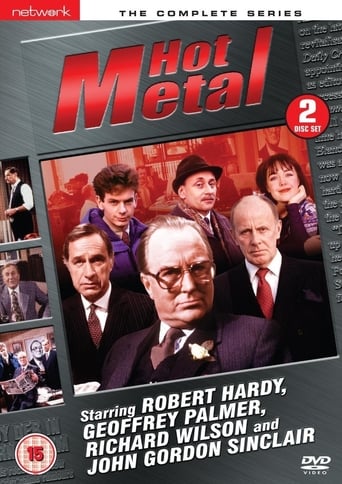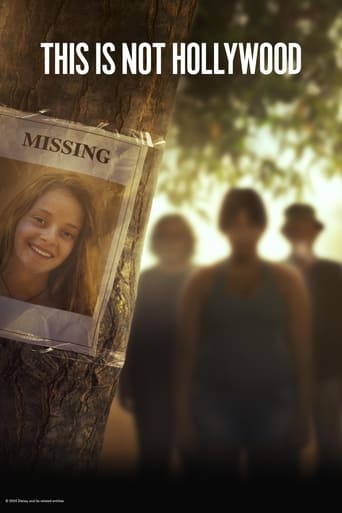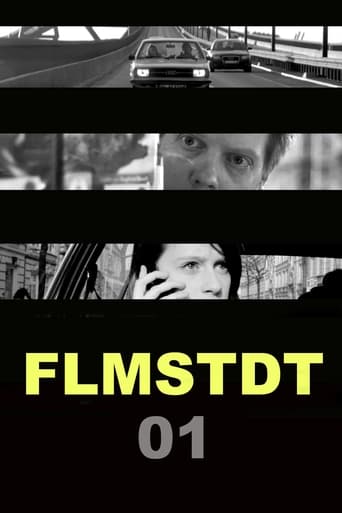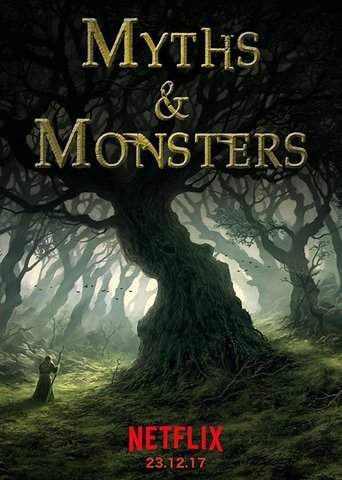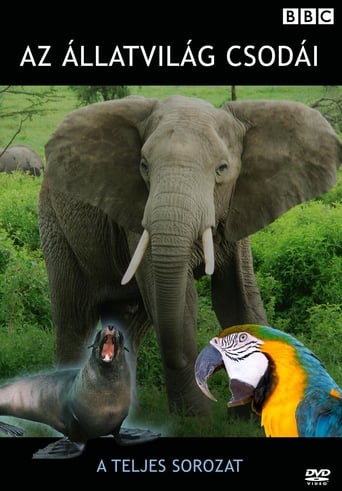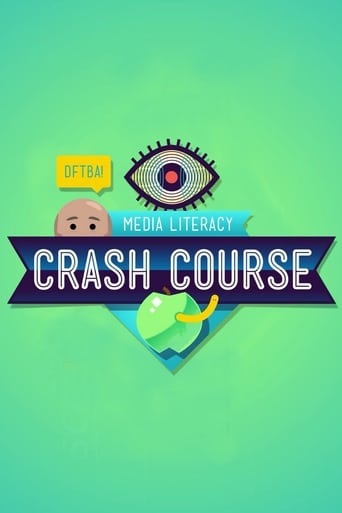
Rating:
2/10 by 1 users
Crash Course Media Literacy (2018)
Join Jay Smooth next week for the start of our next miniseries: Crash Course Media Literacy!
Writing:
Release Date:
Tue, Feb 27, 2018
Country: US
Language: En
Runtime: 10
Country: US
Language: En
Runtime: 10
Jay Smooth
Host
Season 1:

First thing’s first: what is media literacy? In our first episode, Jay breaks this question down and explains how we’re going to use it to explore our media saturated world.

In order to understand the history of media literacy we have to go all the way back to straight up literacy. In the first half of our look at the history of media literacy, Jay takes us all the way back to Ancient Greece and forward through the printing press, newspapers, and Yellow Journalism.

Jay continues our journey through the history of media literacy with the arrival of movies, television, and the other screens that now permeate our lives – along with some of the different approaches to media literacy that these inventions brought with them.

You are constantly surrounded by media, so the question is: how does your brain handle all of that? The unfortunate answer is that our brains have a lot of processes that not super helpful for media literacy, but hopefully with a little self-awareness, we can work around that.

Media isn’t just movies and newspapers and TV shows, it’s also a part of society that involves a lot of money. And all that money has implications for the media that gets created. Media is created by people -- a range of people, making a range of decisions, and earning a range of different paychecks to do it. Those decisions matter and understanding how money affects those decisions is an essential component of media literacy.

We’ve mentioned already that there’s a lot of money in media and a huge chunk of that money is spent on trying to get you to do something – buy something, vote a certain way, change a behavior. How does advertising work? And what’s the difference between advertising, public relations, and propaganda? We’re going to talk about all that and more today.

You're being watched. That sounded more sinister than I intended, but online, it's true. Facebook, Instagram, Amazon, Netflix... the list goes on and on. They're watching what you do, what you shop for, what you watch... all of it. And have you actually read the Terms of Service? In this episode of Crash Course Media Literacy, Jay talks about how Online Advertising works and why companies want to know everything you're looking at.

We’ve talked about how broad a concept “the media” really is – and given that, it can be hard to keep track of all the different forces that constitute “the media.” It can be tough, but it’s not impossible. Today we’re talking about how all those big players fit together and why all those mergers and acquisitions matter to being a media literate citizen.

Copyright and other media regulations have always been a bit tricky, but the internet made all of that infinitely more complicated. But what does all of that mean for you, the consumer?

Propaganda! Misinformation! Disinformation! Today we’re talking about the dark – or, shall we say, darkER – side of media. Understanding these media bogeymen is essential to being a more media literate citizen.

Now that you have a solid understanding of the media landscape, it’s time to equip you with the essential skills for navigating it.

We’ve seen and discussed the ways in which the rapid pace of technological change has affected the media literacy landscape, and it’s clear that change isn’t slowing down. How will those changes affect the future of media literacy? How can we make the skills we’ve discussed over this course transferable to future media & technology?


